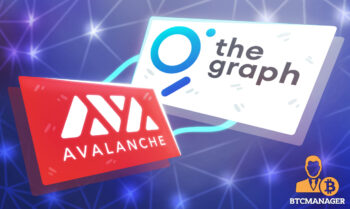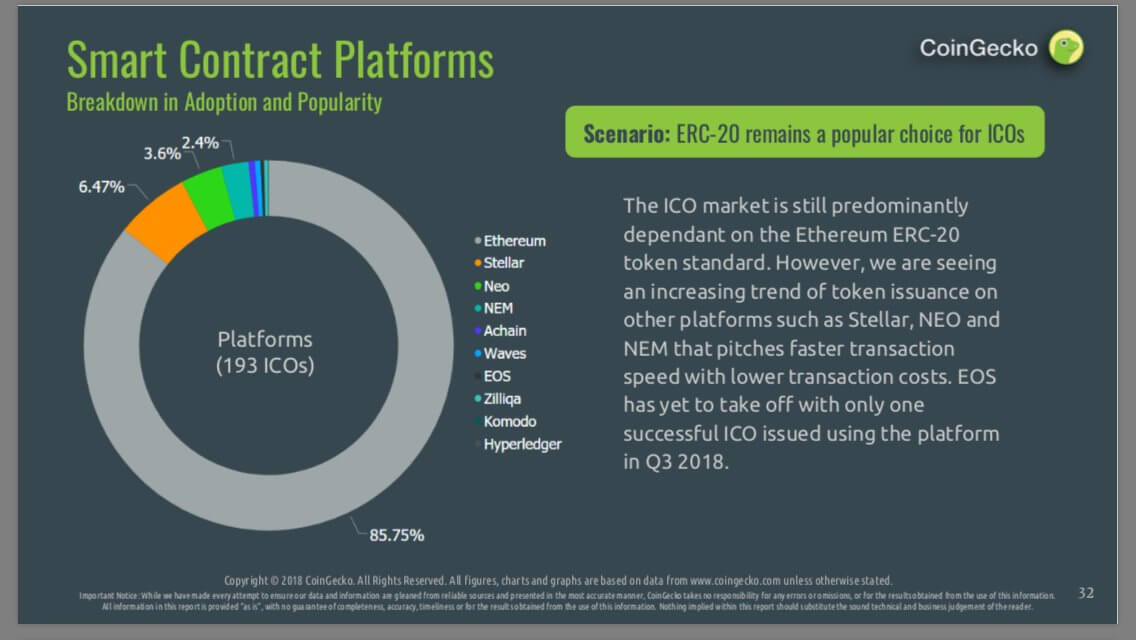2021-7-9 20:09 |
Decentralized indexing platform, The Graph is extending its decentralization efforts by launching decentralized data curation. In a statement this Thursday, The Graph is releasing ‘The Graph Explorer’ and ‘Subgraph Studio,’ allowing curators on the platform to contribute and earn incentives.
The launches aim at creating an open and competitive data curation space ensuring data remains useful, accurate, and reliable. With these upgrades, The Graph is finalizing its goals to give its users a fully decentralized indexing platform.
Founded by Edge & Node, The Graph offers users a decentralized indexing protocol to blockchains such as Ethereum. Since its launch in 2018, the protocol has attracted hundreds of developers (mostly on Ethereum), who use its “subgraphs,” or open APIs, to collect and consolidate transactional information across different dApps on Ethereum and the Interplanetary File system (IPFS).
With the launch of the Graph Explorer dApp and Subgraph Studio, any developer or user can permissionlessly deploy subgraphs and curate on subgraphs in exchange for ‘query fees,’ paid in its native token, GRT.
Subgraph Studio and the Graph Explorer DAppThe Graph uses its Open APIs to represent data collected on a blockchain transaction. These subgraphs contain lists of useful information that can be used by developers to build dApps. The subgraphs index the data collected on Ethereum and stores it on the network. DApps then query the subgraphs to obtain transaction data from the blockchain, powering their front-end interfaces.
The launch of the Subgraph Studio allows users to create, test and deploy their own subgraphs on the network for incentives. This aims to increase the number of DApps selecting to build on The Graph’s network.
“Subgraph Studio represents a fundamental shift in delivering software,” a statement from The Graph post reads. “Now developers can publish subgraphs to mainnet by deploying to the Studio and paying for query fees seamlessly via gateways and billing.”
Currently, eight dApps, including udius, DODO, Livepeer, mStable, Opyn, PoolTogether, Reflexer, and UMA, have decentralized their data curation using subgraphs and more are expected to follow.
Practical use of subgraphsThere are two network participants on The Graph – indexers and curators. Indexers are the ones who sort out the data through subgraphs and arrange it to make it more palatable to users. These indexers are then paid in GRT tokens. However, the competition amongst indexers means that only the best will be selected for rewards based on the quality of data.
To claim GRT rewards, indexers need to provide a Proof of Indexing (PoI) to ensure the data is accurate. Once provided, the rewards are unlocked automatically but can be ‘slashed’ if the data is not accurate or best quality.
Similar to Yelp or Uber ratings, curators on The Graph rate and rank the most important subgraphs and signals to indexers to use them for their dApps. For their efforts, curators are paid query fees in GRT, incentivizing them to focus on the most important subgraphs that power the most useful blockchain applications.
“You're incentivized to select good subgraphs that are actually being used,” Baptiste Greve, product manager at Edge & Node, said.
The post Decentralized Indexing Platform, The Graph Introduces Incentivized Data Curation first appeared on BitcoinExchangeGuide. origin »UniGraph (GRAPH) íà Currencies.ru
|
|




